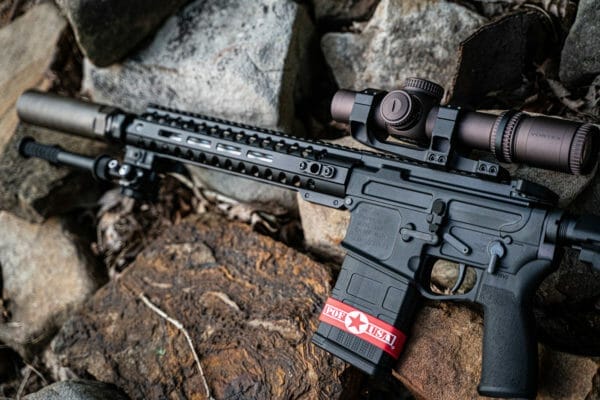
Did you know that choosing the right zero for your rifle can be the difference between a hit and a miss in critical moments? Whether you’re a seasoned shooter or just starting, understanding the ballistics behind your AR-15 or .308 can dramatically improve your accuracy and confidence in the field. One of the most effective zeroing strategies, favored by military and law enforcement professionals, is the 50/200 yard zero.
In this article, you’ll discover why the 50/200 yard zero is widely regarded as the optimal choice for maximizing your rifle’s potential across various shooting scenarios. We’ll break down the benefits of this zeroing method, guide you through the step-by-step process of achieving it, and explain how it applies to .308 rifles. By the end, you’ll have the knowledge and confidence to implement this versatile zeroing strategy, ensuring you’re prepared for whatever comes your way.
Ready to take your shooting accuracy to the next level? Let’s dive in.
The Basics of a 50/200 Yard Zero
The concept behind a 50/200 yard zero is straightforward: zero your rifle at 50 yards, and the bullet will cross the line of sight again at approximately 200 yards. This means that within this distance, your point of aim and point of impact will be very close, minimizing the need for adjustments. This is particularly advantageous in dynamic situations where quick target acquisition is crucial. I live in Northeastern Ohio where the longest shot I would realistically take is 200 yards, so this zero makes sense for my area.
Advantages Over Other Zeroing Methods
- Extended Effective Range: Unlike a 100-yard zero, which can limit your effective range and require more adjustments at various distances, the 50/200 yard zero provides a flatter trajectory over a broader range. This allows you to engage targets out to 200 yards with no holdover.
- Practicality in Real-World Scenarios: In most defensive or hunting situations, engagements will likely occur within 200 yards. The 50/200 yard zero ensures that you can accurately engage targets within this range without making significant adjustments to your red dot or LPVO.
- Ease of Use: Achieving a 50/200 yard zero is relatively simple and can be done on most ranges, even if you don’t have access to a 200-yard range. You can start by zeroing at 50 yards and then fine-tuning your setup with ballistic calculators or shooting at known distances.
How to Achieve a 50/200 Yard Zero Without a 200-Yard Range
If you don’t have access to a 200-yard range, you can still achieve a 50/200-yard zero with a few adjustments. This all begins by boresighting your rifle.
How to Boresight Your AR-15 for a 200-Yard Zero at 50 Yards
Step 1: Set Up Your Target at 10 Yards – To begin, place your target 10 yards away, approximately 30 feet. This distance is manageable indoors, making it convenient to accomplish at home with enough space. Jerking The Trigger makes a ready-made downloadable target for use in this process.

Step 2: Align Your Boresight Laser – Next, focus on aligning your boresight laser to the gray dot. This will give you a solid starting point for aligning your optic to the black dot.
Live Inventory Price Checker

|
Professional Laser Bore Sighter Red | Wheeler Tools | $ 142.99 $ 107.24 |
|
|
|
Wheeler Professional Laser Bore Sighter, Red - 580022 | Palmetto State Armory | $ 153.99 $ 107.99 |
|
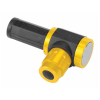
|
Wheeler Professional Laser Bore Sighter, Red - 580022 | Palmetto State Armory | $ 121.99 $ 89.99 |
|
|
|
Wheeler Professional Laser Bore Sighter, Green - 589922 | Palmetto State Armory | $ 206.99 $ 143.99 |
|

Step 3: Adjust Windage and Elevation – Adjust the windage and elevation of your optic until the red dot is aligned with the black dot on your target. The goal is to have your red dot centered on the black dot while the boresight laser aligns with the gray dot below it.
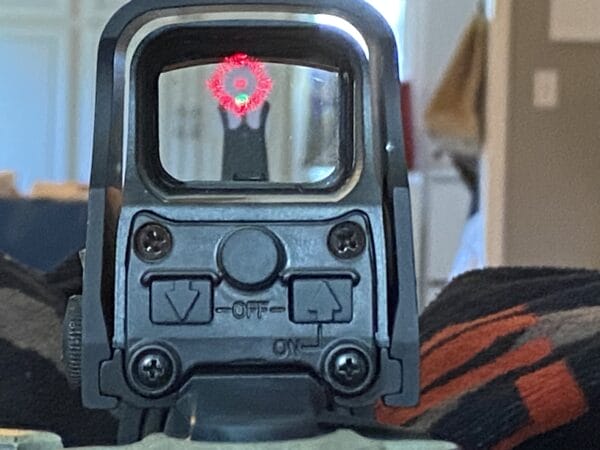
Step 4: Verify at the Range – Finally, take your AR-15 to a range and verify your zero at 50 yards. This step ensures that your boresight adjustments are accurate and that your rifle is properly zeroed for the 50/200 yard method.
Step 5: Confirm at Various Distances – Start at 50 yards to confirm and make any necessary adjustments. Then, confirm your zero at intermediate distances, such as 100, 150, and 200 yards, to ensure that your setup is accurate. This step will also help you become familiar with your rifle’s performance at different ranges.
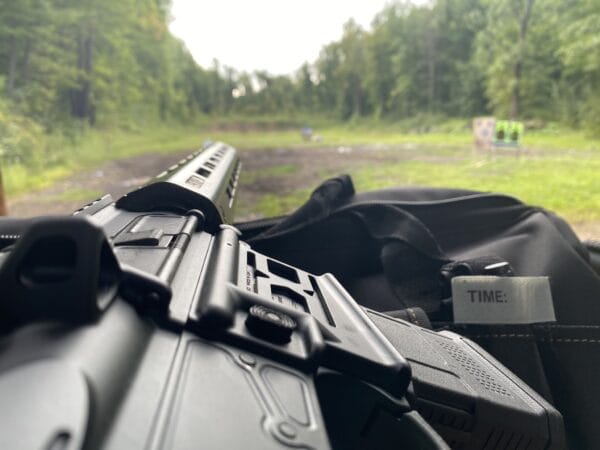
Implications of Using a 50/200 Yard Zero for a .308 Rifle
When considering the 50/200 yard zero for a .308 rifle, it’s important to recognize the differences in ballistics between the .308 and the 5.56. While both rounds benefit from a similar zeroing strategy, the characteristics of the .308 make it a unique choice for this approach, especially for those who prioritize versatility and accuracy at multiple distances.
Ballistics and Trajectory
The .308 Winchester round is known for its power and range, with a heavier bullet and more energy downrange than the 5.56. When zeroed at 50 yards, the .308 generally crosses the line of sight again around 100 yards and drops roughly 3.5 inches at 200 yards, depending on the load and barrel length. This dual zeroing point provides shooters with a practical zero effective across various distances, minimizing the need for significant holdovers or adjustments within typical engagement ranges.
For example, a standard 168-grain .308 match round zeroed at 50 yards will typically rise slightly above the line of sight between 100 and 150 yards and just slightly below the line of sight at 200 yards. This trajectory is advantageous for shooters who may need to engage targets at varying distances without the time or ability to make precise adjustments.

Practical Applications
The 50/200 yard zero is particularly beneficial for hunters, law enforcement, and tactical shooters who rely on the .308 for its stopping power and accuracy. This zero allows for quick target acquisition within common hunting distances in a hunting scenario. Whether you’re taking a shot at 50 yards or 200 yards, the point of impact remains close to the point of aim, ensuring reliable shot placement without the need for complex ballistic calculations.
For law enforcement or military applications, the .308’s ability to maintain a relatively flat trajectory with a 50/200 yard zero is crucial in situations requiring rapid target engagement at unknown distances. The versatility offered by this zero helps ensure that the first shot is accurate, whether the threat is at close range or out to 200 yards and beyond.
Considerations and Limitations
While the 50/200 yard zero offers a great balance for most shooting scenarios with a .308, it’s important to consider the potential limitations. Beyond 200 yards, the bullet drop becomes more pronounced, requiring more precise knowledge of your rifle’s trajectory and the ability to compensate accordingly. Shooters planning to engage targets consistently beyond 200 yards may need to adjust their zero or be prepared to make more significant elevation adjustments.
Another consideration is the choice of ammunition. Different bullet weights and types can affect the trajectory and point of impact, so it is essential to test your specific load to ensure it performs as expected with a 50/200 yard zero.
The 50/200 yard zero for a .308 rifle is an effective strategy for maximizing the versatility and utility of this powerful cartridge. It simplifies target engagement across various distances, making it an excellent choice for hunters, tactical shooters, and anyone needing a reliable zero that works in diverse situations. By understanding your rifle’s ballistics and load, you can make the most of this zeroing method, ensuring accuracy and confidence in the field.
Conclusion
The 50/200 yard zero is more than just a zeroing method—it’s a game-changer for shooters looking to enhance their accuracy and adaptability across various distances. By adopting this zero, whether using an AR-15 or a .308 rifle, you gain an edge, ensuring that your shots hit their mark with minimal adjustments, even in dynamic situations. This method simplifies target engagement, reduces the need for holdovers, and keeps you confident in your rifle’s performance out to 200 yards and beyond.
Remember, whether you’re on the range, hunting, or in a tactical scenario, the 50/200 yard zero offers a practical solution that works in your favor. Professionals and enthusiasts alike trust this strategy—and now, it’s your turn to put it into practice.
So, what’s your next move? Take your rifle, head to the range, and zero in at 50 yards. Experience firsthand how this zero can transform your shooting experience.
About Scott Witner
Scott Witner is a former Marine Corps Infantryman with 2ndBn/8th Marines. He completed training in desert warfare at the Marine Air Ground Combat Center, Mountain Warfare and survival at the Mountain Warfare Training Center, the South Korean Mountain Warfare School in Pohang, and the Jungle Warfare school in the jungles of Okinawa, Japan. He now enjoys recreational shooting, trail running, hiking, functional fitness, and working on his truck. Scott resides in Northeastern Ohio.



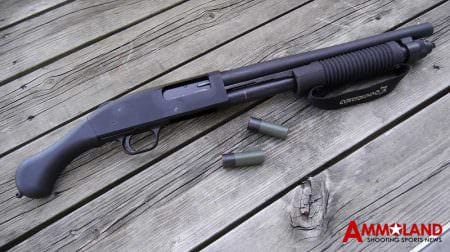



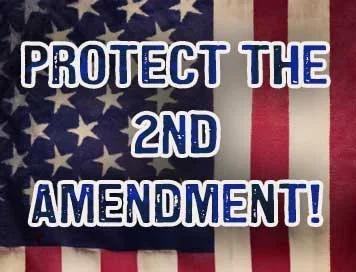

The most important sentence in the article:
“it is essential to test your specific load to ensure it performs as expected”
According to the article Zero at 50 yards is zero at 100 yards and in the kill zone at 200.
I find with my Ruger American using 150gr psp core lokt hand loads, when I zero 1” high at 100 yards and am in the kill zone from muzzle to nearly 300 yards. Zero is 200 yards.
The key is to test your capabilities.
Most of the time this zero will work because most shots are taken at less than 200 yds. I have also seen a 36 Yd. zero that puts you out to near 300 yds. If you have a rifle that shoots a bit further you might want to consider “kill zone”. On the average deer that is a 6″ circle. So, sight your rifle so that the highest point of bullet ark is 3″ above center line and your point blank range is maxed out when the bullet drops 3″ below center line. This distance will vary with caliber/load/scope/open sights… Read more »
As a Drill Sergeant at Ft. Benning in 1969 we trained them in Basic with an M-14 and the target we used to set the rifle for 250 meters was a 25 meter target and if you aimed at the small white square at the center bottom of the large black rectangle and then hit the x above the black rectangle you were set for 250 yards . I was adjusting an M-14 to the right and fired three rounds and then moved the rear sight left and then three more ..it was set at about 175 yards then .… Read more »
The range that I shoot at has a maximum distance of 225 yds. I sight all of my rifles at 50 yds even rimfires. Using CCI Standard velocity .22 LR sighted in at 50, I can hit 1 ft steel plates at 200yds with a 24 MOA holdover. I use online velocity tables for each load so that I know where to hole at different ranges. I have also hit the 200 yd plate at 200 yds with a 8 3/8″ S&W 586 .357 Mag that was made in 1984.
I’m surprised he never mentioned a 300 yard zero and why he didn’t like it. Don’t the Marines use a 300 yard zero? He was a Marine. Would’ve liked to hear why he prefers 200 over 300.